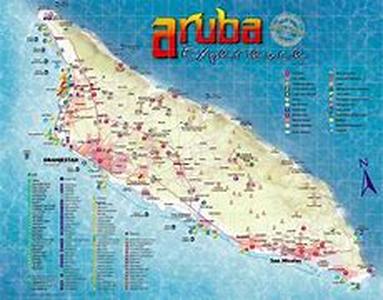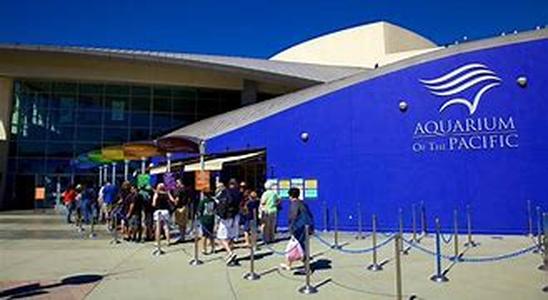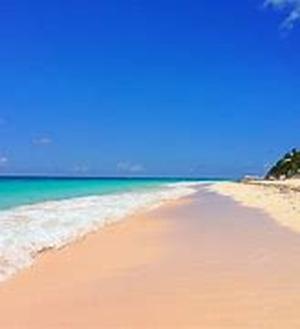
Bout Eight Kilometers Wide Having An Area Of One Hundred Ninety Three Square Kilometers. The Islands Capital Is Oranjestad Named After The Dutch House Of Orange, And The Population Of The Island Is About Eighty-nine Thousand.Aruba Geography Has A Coastline Of 68.5 Km With A Territorial Sea Of 12 Nm. The Antilles Is The Word Used For The Whole Of The West Indies Except For The Bahama Islands. The Greater Antilles Includes Cuba, Haiti, Jamaica, Dominican Republic, And Puerto Rico. Extending In A Curve From Puerto Rico To The Northeastern Coast Of South America Is The Lesser Antilles Which Includes The Windward Islands, Leeward Islands, And Virgin Islands. The Netherlands Antilles Is The Southern Group Which Includes Aruba, And Generally Barbados, Trinidad, And Tobago.Aruba Geography Shows Of The Netherlands Antilles As Being An Integral Part Of The Netherlands That Covers Two Island Groups, The Netherlands Leeward Islands And Netherlands Windward Islands, Each Having Three Islands. The Netherlands Leeward Islands Consists Of Curaao, Bonaire, And Until 1986 Aruba, Which Is Situated Northwest Of Caracas, Venezuela. The Netherlands Windward Islands Is Made Up Of The Southern Half Of Saint Maarten And All Of Saint Eustatius And Saba Which Wraps A Total Area Of About Sixty Seven Square Kilometers Situated On The Northern End Of The Lesser Antilles Chain, Southeast Of Puerto Rico.The Caribbean Sea Is An Essential Part Of Aruba Geography Partially Enclosed On The North And East By The West Indies Islands And Bordered On The South By South America And Panama, And On The West By Central America. The Name Of The Sea Is Derived From The Carib People Who Were The Inhabitants Of The Area When The Spanish Explorers Arrived In The 1400s.Almost The Whole Caribbean Basin Is More Than One Thousand-eight Hundred Thirty Meters Deep And The Greatest Depth Measured So Far Is The Cayman Trench Which Is Seven Thousand Five Hundred Thirty Five Meters Between Jamaica And The Cayman Islands. The Open And Clear Navigation Makes The Caribbean A Major Trade Route For Latin American Countries.Aruba Geography Includes A Climate That Is Tropical Marine With A Little Season Of Temperature Variation. The Terrain Features A Few Hill With Scant Vegetation With The Highest Point Being Mount Jamanota Of 188m. Although Aruba Lies Within The Caribbean Hurricane Belt, Hurricanes Hardly Ever Pass Over The Island. Overall, Aruba Geography Is A Flat, Riverless Island Famous For Its White Sand Beaches, Tropical Climate Moderated By Continuous Trade Winds From The Atlantic Ocean, With Temperature That Is Almost A Constant Twenty-seven Degrees Celsius.





